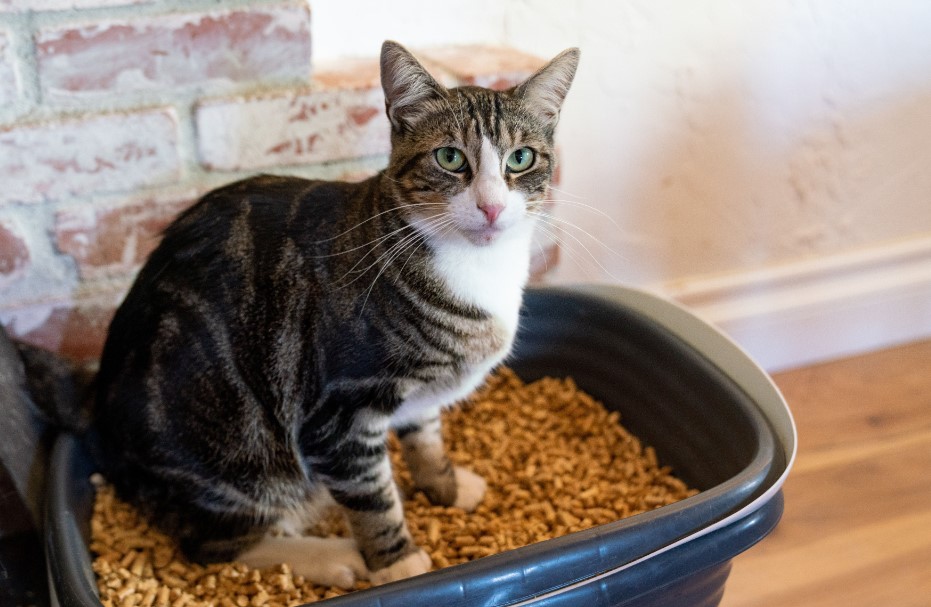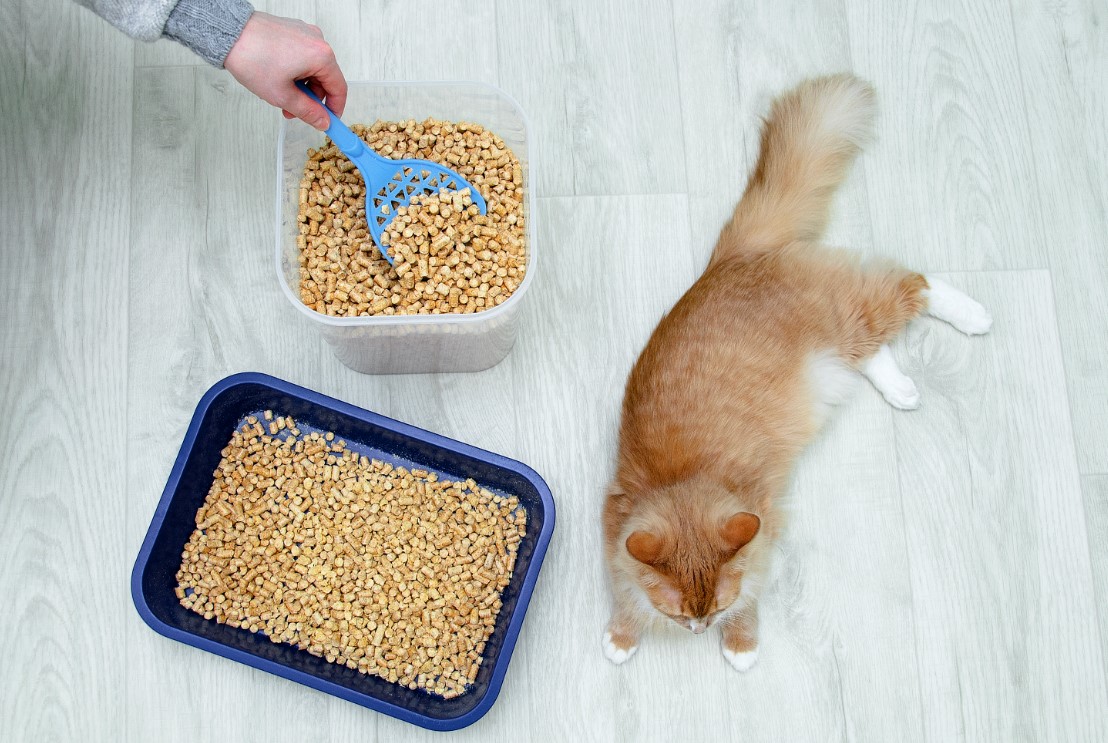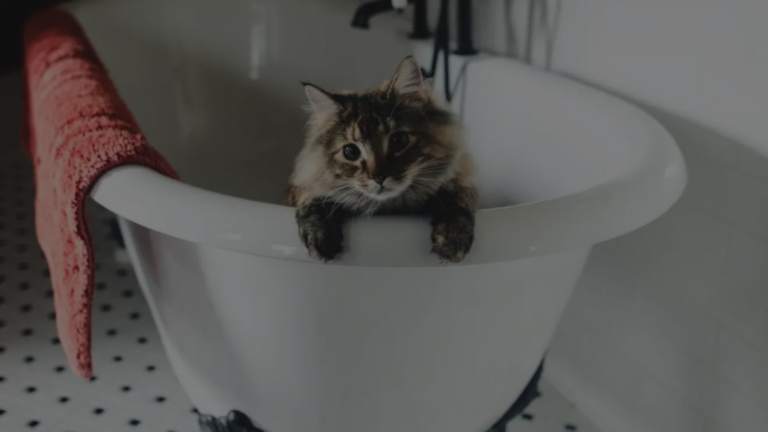If you’re a pet owner, you know that finding the perfect cat litter can be a bit of a challenge. With so many options available, from clay to clumping and crystal to natural alternatives, it’s essential to consider what works best for your feline friend. One question that often arises is, “Can I use rice as cat litter?” In this comprehensive guide, we will delve into this intriguing topic and provide you with all the information you need to make an informed decision for your beloved cat.

Understanding the Basics
What is a Cat Litter, and Why is it Necessary?
Cat litter is an essential item for any cat owner. This acts as a substrate in the litter box where your cat can relieve itself comfortably. Not only does it absorb urine and control odors, it also allows for easy cleaning.

Types of Cat Litter
Before we explore the possibility of using rice as cat litter, let’s briefly discuss the various types of cat litter available:
- Clay-based Cat Litter: This traditional option is known for its excellent absorbency but may contain chemicals.
- Clumping Cat Litter: This type forms clumps when in contact with moisture, making scooping and disposal easier.
- Silica Gel Cat Litter: Composed of small, absorbent beads that control moisture and odor effectively.
- Natural and Biodegradable Cat Litter: Made from materials like corn, wheat, or paper, these options are eco-friendly.
Now that we’ve covered the basics let’s dive into the intriguing world of using rice as an alternative cat litter.
Rice as Cat Litter: Pros and Cons

The Advantages of Using Rice
- Affordability: Rice is readily available and cost-effective, making it a budget-friendly choice.
- Biodegradable: Rice is a natural product and can be disposed of without harming the environment.
- Safe for Kittens: It’s non-toxic, making it suitable for households with curious kittens.
The Drawbacks of Using Rice
- Lack of Odor Control: Rice doesn’t offer the same odor-absorbing capabilities as commercial cat litter.
- Tracking: Rice can be easily scattered around the litter box area, leading to a mess.
- Moisture Absorption: It may not clump as effectively as traditional cat litter, making it harder to scoop.
How to Use Rice as Cat Litter Safely
If you decide to give rice a try as cat litter, it’s essential to do so safely. Here’s a step-by-step guide:
Step 1: Choose the Right Rice
Opt for plain, uncooked rice without any added seasonings or flavorings. Brown rice may be a better choice as it’s less processed.
Step 2: Prepare the Litter Box
Fill the litter box with a layer of rice, ensuring it’s deep enough for your cat to bury their waste comfortably.

Step 3: Monitor Moisture
Regularly check the rice for moisture. Remove clumps and replace the wet rice as needed to maintain a dry environment.
Step 4: Address Odor
Consider mixing baking soda with the rice to help control odors. Remember to replace the entire contents of the litter box periodically.
Step 5: Be Mindful of Tracking
Place a mat or tray around the litter box to catch any scattered rice and make cleanup easier.
Other Cat Litter Alternatives
If you’re not sold on the idea of using rice as cat litter, there are other natural alternatives to explore:

- Wood Pellets: Made from compressed sawdust, these pellets are biodegradable and offer good moisture absorption.
- Wheat or Corn-Based Litter: These options are eco-friendly and clump relatively well.
- Paper-Based Litter: Made from recycled paper, it’s dust-free and gentle on paws.
Resources & References
For further reading on cat litter and pet care, consider checking out these reputable sources:
Recommended Articles
Recommended Video
How To Use Non-Clumping Rice Hull Cat Litter
Additionally, you can explore the following YouTube video for more insights:
Finally, although it is possible to use rice as cat litter, it comes with both advantages and disadvantages. Ultimately, choosing a cat litter depends on your cat’s needs and your preferences as a pet owner. Remember to prioritize your cat’s comfort and hygiene when making your decision.
FAQs – Can I Use Rice as Cat Litter
What can I use as a DIY substitute for cat litter?
Wood shavings, newspaper pellets, and clay kitty litter are all good options.
Can you use oatmeal as cat litter?
No, oatmeal is not a good substitute for cat litter. It is not absorbent and can mold easily.
Can I use flour instead of cat litter?
No, flour is not a good substitute for cat litter. It is not absorbent and can clump together, making it difficult to clean.
What cat litter should you not use?
Avoid using scented cat litters, as they can irritate your cat’s respiratory system. Also avoid using litters that contain pine or cedar, as these can be toxic to cats.
How to make cheap cat litter?
You can make cheap cat litter by mixing wood shavings with baking soda. The baking soda will help to absorb odors.
Can we use sand as cat litter?
Yes, you can use sand as cat litter. However, it is important to choose a fine sand that will not be dusty. You should also avoid using sand from the beach, as it may contain harmful bacteria.
Can I use soil as cat litter?
No, you should not use soil as cat litter. Soil can contain harmful bacteria and parasites that can make your cat sick.
How do you make homemade cat litter liners?
To make homemade cat litter liners, cut pieces of newspaper or cardboard to fit the size of your litter box. You can also use paper bags.







